Honor Magic 6 RSR Review: Still cheaper than a real Porsche
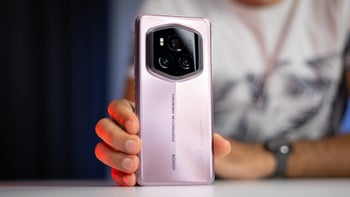
Honor Magic 6 RSR Intro
Reviewing a luxury phone is always a slippery slope. Normally, these posh gadgets belong in Guy Ritchie's movies, where the super-rich Russian billionaire tries to buy an exclusive Porsche from the UK grand theft auto mafia and uses the proper phone to make the deal. You get the picture.
This time around, though, things are a little bit different because the Honor Magic 6 RSR Porsche Design is actually another phone under cover, more or less. And getting the RSR also happens to be the only way to own the aforementioned model (okay, let's not be cryptic about it; it's the Honor Magic 6 Ultimate) outside China.
These two are almost identical, barring some design elements and material choices, so you should look at this review not solely as a luxury phone piece but also as the Honor Magic 6 Ultimate review that never happened.
We already know how good the regular Magic 6 Pro is, so let's see how this RSR edition improves on that. And whether or not normal people, who aren't necessarily Russian mob, should consider getting this phone. Here we go!
This time around, though, things are a little bit different because the Honor Magic 6 RSR Porsche Design is actually another phone under cover, more or less. And getting the RSR also happens to be the only way to own the aforementioned model (okay, let's not be cryptic about it; it's the Honor Magic 6 Ultimate) outside China.
We already know how good the regular Magic 6 Pro is, so let's see how this RSR edition improves on that. And whether or not normal people, who aren't necessarily Russian mob, should consider getting this phone. Here we go!
Table of Contents:
Honor Magic 6 RSR Specs
Memory excess
Let's start with an overview of the Honor Magic 6 RSR Porsche Design specs:
| Specs | Honor Magic 6 RSR |
|---|---|
| Size and Weight | 162.5 x 75.8 x 8.9 mm |
| Display | 237 grams |
| Processor | Snapdragon 8 Gen 3 |
| Software | Android 14, MagicOS 8 |
| Cameras | 50 MP, f/1.4-2.0, 23mm (wide), 1/1.3", LiDAR AF, PDAF, OIS 180 MP, f/2.6, (periscope telephoto), 1/1.49", PDAF, OIS, 2.5x optical zoom 50 MP, f/2.0, 13mm, 122˚ (ultrawide), 1/2.88", AF Front: 50 MP, f/2.0, 22mm (wide), 1/2.93", AF |
| Battery Size | 5,600 mAh Lithium Silicon |
| Charging Speeds | 80W wired charge 66W wireless charging 5W reverse wireless charging |
| Prices | 24GB/1TB for 1 899,00 € |
Honor Magic 6 RSR Design and Display
As fast as a frozen berry
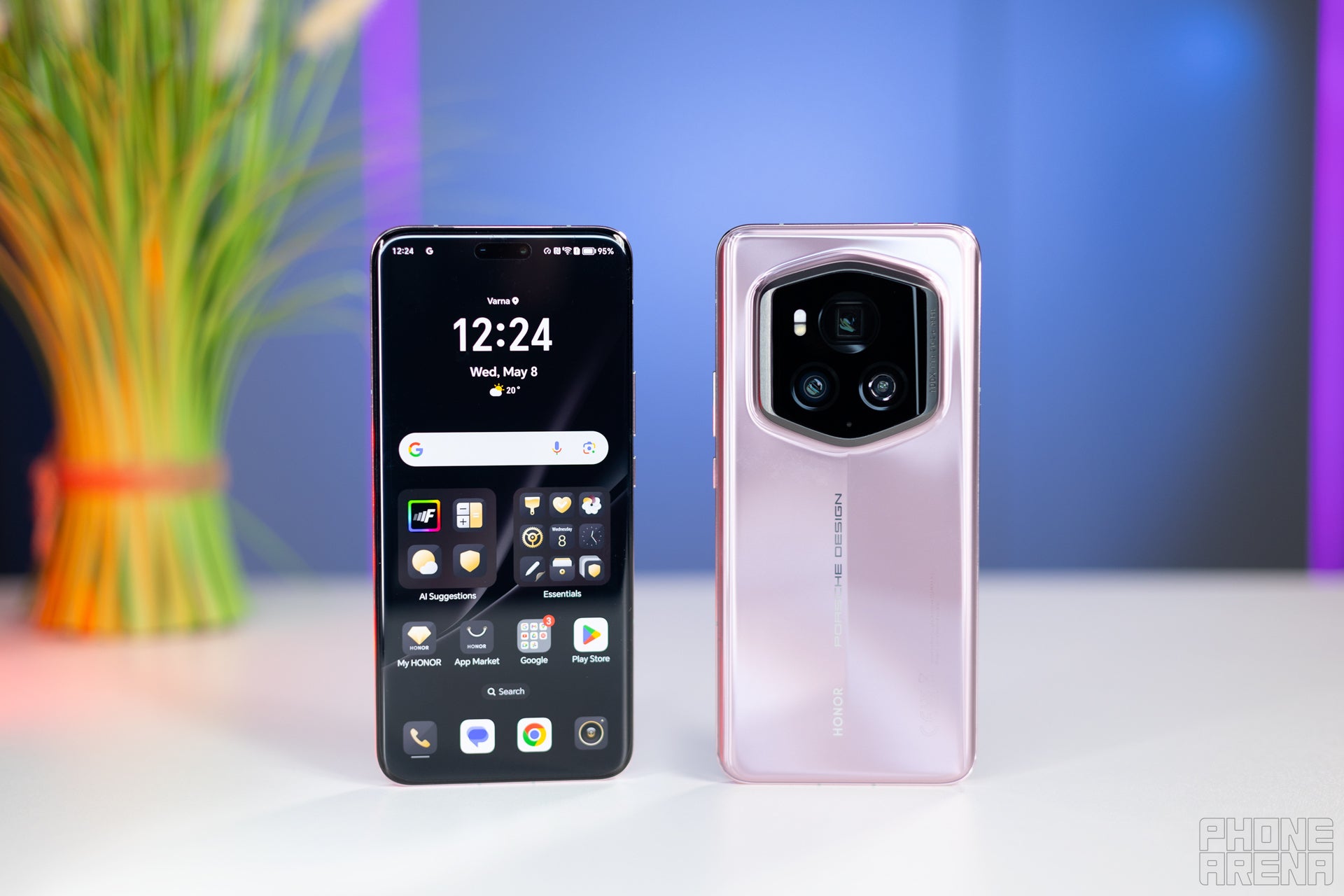
The biggest and most obvious difference between the Magic 6 RSR Porsche Design and its regular sibling lies in… the design! If you're wondering about the subheading, Frozen Berry is one of the colors available, and it's taken straight from the Porsche Taycan palette. The Magic 6 RSR is also available in Agate Grey, another Porsche color typical of 911s and Carreras.
The overall design is very sleek and stylish, with a hood-like ridge going through the center of the back and "Porsche Design" written next to it. The camera bump is also different in shape than both the original Magic 6 Pro and the Chinese Ultimate. This hexagonal camera module is inspired by the "Flyline" design philosophy - which is described as a "sporty roofline sloping downward to the rear."
The huge 180MP periscope zoom camera sits on top of the main and ultrawide lenses in this arrangement, and there's a titanium frame around the camera module with some of the specs engraved for all to see. Pretty classy.
The back and front are made out of glass, but it's not your regular Gorilla Glass. It's NanoCrystal Shield, a proprietary tempered and hardened glass developed by Honor. We can't say if it's better than Victur or Armor, as we're not doing drop tests here, but this material feels great in the hand, and it did not pick a single scratch during our testing period. Honor markets this special glass as anti-scratch thanks to the silicon nitride inside, and we can attest to this claim.
Actually, in the review guidelines, Honor suggested running the back of the RSR against asphalt, marble, or sandpaper, so I felt compelled to try this. The granite kitchen top at home did nothing to the back of the Honor Magic 6 RSR, and I also slid the phone down an asphalt walkway with no visible damage to the back.
Overall, the Magic 6 RSR comes with unique design features and build materials as well. It's a stylish phone, and I got asked about it several times during the test run.
The overall design is very sleek and stylish, with a hood-like ridge going through the center of the back and "Porsche Design" written next to it. The camera bump is also different in shape than both the original Magic 6 Pro and the Chinese Ultimate. This hexagonal camera module is inspired by the "Flyline" design philosophy - which is described as a "sporty roofline sloping downward to the rear."
The huge 180MP periscope zoom camera sits on top of the main and ultrawide lenses in this arrangement, and there's a titanium frame around the camera module with some of the specs engraved for all to see. Pretty classy.
Actually, in the review guidelines, Honor suggested running the back of the RSR against asphalt, marble, or sandpaper, so I felt compelled to try this. The granite kitchen top at home did nothing to the back of the Honor Magic 6 RSR, and I also slid the phone down an asphalt walkway with no visible damage to the back.
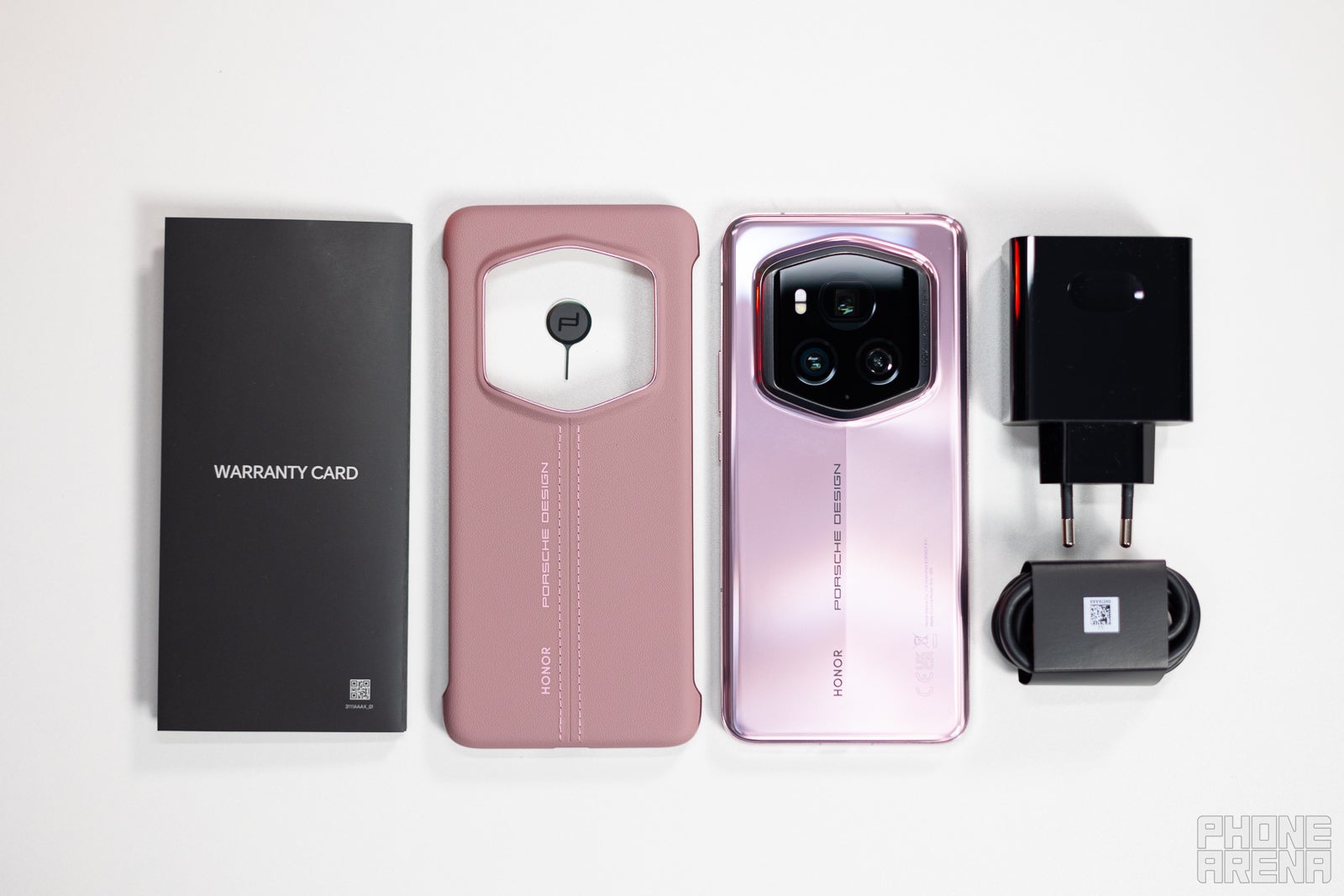
Another major difference is the retail package. The RSR Porsche Design comes in a big, luxury-looking box with some case candy in it. Our review sample came with two (not one but two) charging bricks, both 100W, one with a European two-prong plug and another one, which is a UK standard with three connectors.
There's also a very nice cover included as well. It matches the color; it has a nice hexagonal pattern with soft cushioning on the inside and faux leather with stitching on the outside. You also get a warranty card and a cable. Nothing too wild like a die-cast model of a Porsche (which would've been nice), but it's better than a regular retail box for sure.
There's also a very nice cover included as well. It matches the color; it has a nice hexagonal pattern with soft cushioning on the inside and faux leather with stitching on the outside. You also get a warranty card and a cable. Nothing too wild like a die-cast model of a Porsche (which would've been nice), but it's better than a regular retail box for sure.
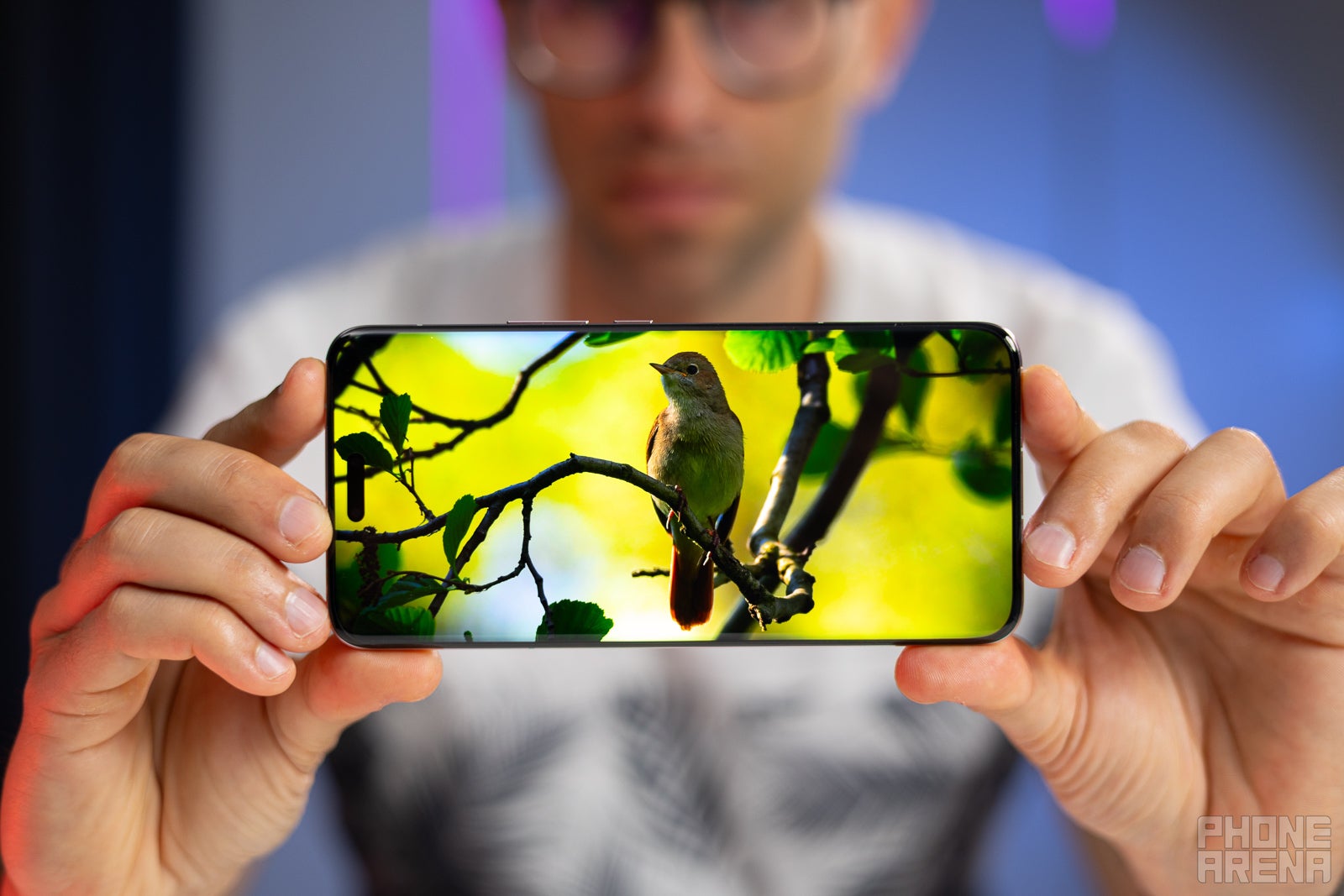
Time to talk about the display and this very interesting 5,000-nit claim. To be fair, Honor provided a typical brightness rating as well, still pretty high at 1,800 nits. The company calls this panel a dual-layer Tandem screen, which, apart from the higher brightness, is supposed to extend the life of the display by 600%.
Further down the display specs sheet, we have more numbers. This LTPO OLED sports a 6.8-inch diagonal and a resolution of 1280 x 2800 pixels. The highest refresh rate is 120 Hz, and this panel can also display 1 billion colors. Now let's take a look at the test results.
This dual-layer Tandem display turned out to be exceptionally bright, as advertised. The Magic 6 RSR topped our brightness chart with a score of 1,726 nits. The color temperature and color accuracy are also excellent: 6525 Kelvins and 1.56 average deltaE, respectively. You won't have any troubles under direct sunlight, and it won't burn your retinas either, with a minimum brightness of 2.1 nits.
As far as biometrics go, the Magic 6 RSR sports both fingerprint ID and face recognition. Both work well, but the usual caveats with all under-display scanners apply here as well. You need to know where to place your finger every time; any imperfections might hamper the scanner, and it's still slower than a physical capacitive reader.
As far as biometrics go, the Magic 6 RSR sports both fingerprint ID and face recognition. Both work well, but the usual caveats with all under-display scanners apply here as well. You need to know where to place your finger every time; any imperfections might hamper the scanner, and it's still slower than a physical capacitive reader.
Honor Magic 6 RSR Camera
Falcon eye?

The Honor Magic 6 RSR features largely the same camera system as the regular Magic 6 Pro, with the main difference being the new sensor under the main camera. It's a different version of the OmniVision OV50H; the new sensor is called OV50K and sports OmniVision's LOFIC technology (Lateral OverFlow Integration Capacitors). In layman's terms, this sensor should offer more dynamic range and better low-light performance.
Other than that, the ultrawide and telephoto cameras are the same, namely a 180MP periscope zoom camera with 2.5x optical zoom and a 50MP ultrawide. The selfie camera is also a 50MP snapper sporting an f/2.0 aperture and autofocus. Let's check out the samples.
Other than that, the ultrawide and telephoto cameras are the same, namely a 180MP periscope zoom camera with 2.5x optical zoom and a 50MP ultrawide. The selfie camera is also a 50MP snapper sporting an f/2.0 aperture and autofocus. Let's check out the samples.
Main Camera
Photos taken with the main camera on a sunny day look pretty good, with good detail and dynamic range. One thing we've noticed is that the colors are a bit too saturated, and there's some noise reduction going on, making photos look a bit soft.
We didn't find a huge difference in quality compared to the regular Magic 6 Pro, but maybe this new sensor will shine in night photography. Let's look at some low-light samples.
Night shots look very nice. Bear in mind that we tried to snap fairy complicated scenarios, such as the backlit water fountains (lots of reflections and bright and dark spots there) and the bulb closeup (requiring precise HDR to get the dynamic range right). Overall, we think there's a slight improvement in low-light with this new sensor, and more importantly, shots are not overly bright, and they are pretty close to what our eyes saw during the photoshoot.
Ultrawide Camera
The shots from the ultrawide camera are pretty much the same as the ones we took with the regular Magic 6 Pro. That being said, they look pretty decent, the color tonality remains the same between the different sensors, and even though the colors are a bit blown out, the overall level of detail is pretty good, and the dynamic range is decent as well.
Zoom Quality
2.5X
The Honor Magic 6 RSR sports the same huge 180MP sensor under its periscope zoom lens, and the results are pretty similar to what we got with the regular Magic 6 Pro. At 2.5x zoom, which is the actual optical power of the periscope system, things look pretty good, maybe sometimes a bit too bright. Again, detail and dynamic range are decent on this camera as well.
The five-fold magnification is achieved by cropping an already zoomed-in 2.5x image, and with 180MP at hand, it's an easy thing to do without losing detail. Pictures look great, and we initially thought that the optical zoom was set at 5x. Either way, both 2.5x and 5x are very usable, not only for portraits but for closeups of objects you can't get close to for some reason.
Selfies
Selfies also look pretty good, thanks to the 50MP sensor and the autofocus capabilities. You can add some bokeh for good measure, and also use a bit wider mode to get more people potentially inside the frame. Don't go overboard with the bokeh, though. It's digital and will smudge details like hair strands and other detailed objects.
Portrait Mode
Speaking of bokeh, the Honor Magic 6 RSR has variable aperture on its main camera and it works in tandem with the Portrait mode on the phone. You can achieve great things using this system, and the bokeh looks very natural and convincing (probably because it's created by the optics most of the time).
Video Quality

Video tops at 4K and 60fps, which should be more than enough for almost everybody. There's optical image stabilization working in tandem with gyro-EIS (electronic stabilization), doing a pretty decent job. What do you think about the video sample? Does it look good? We think it looks great, and it's a decent tool to film your child misbehaving at an early age (or something more appropriate, but real-life samples sometimes turn out this way).
Honor Magic 6 RSR Performance & Benchmarks
A typical Snapdragon 8 Gen 3 affair
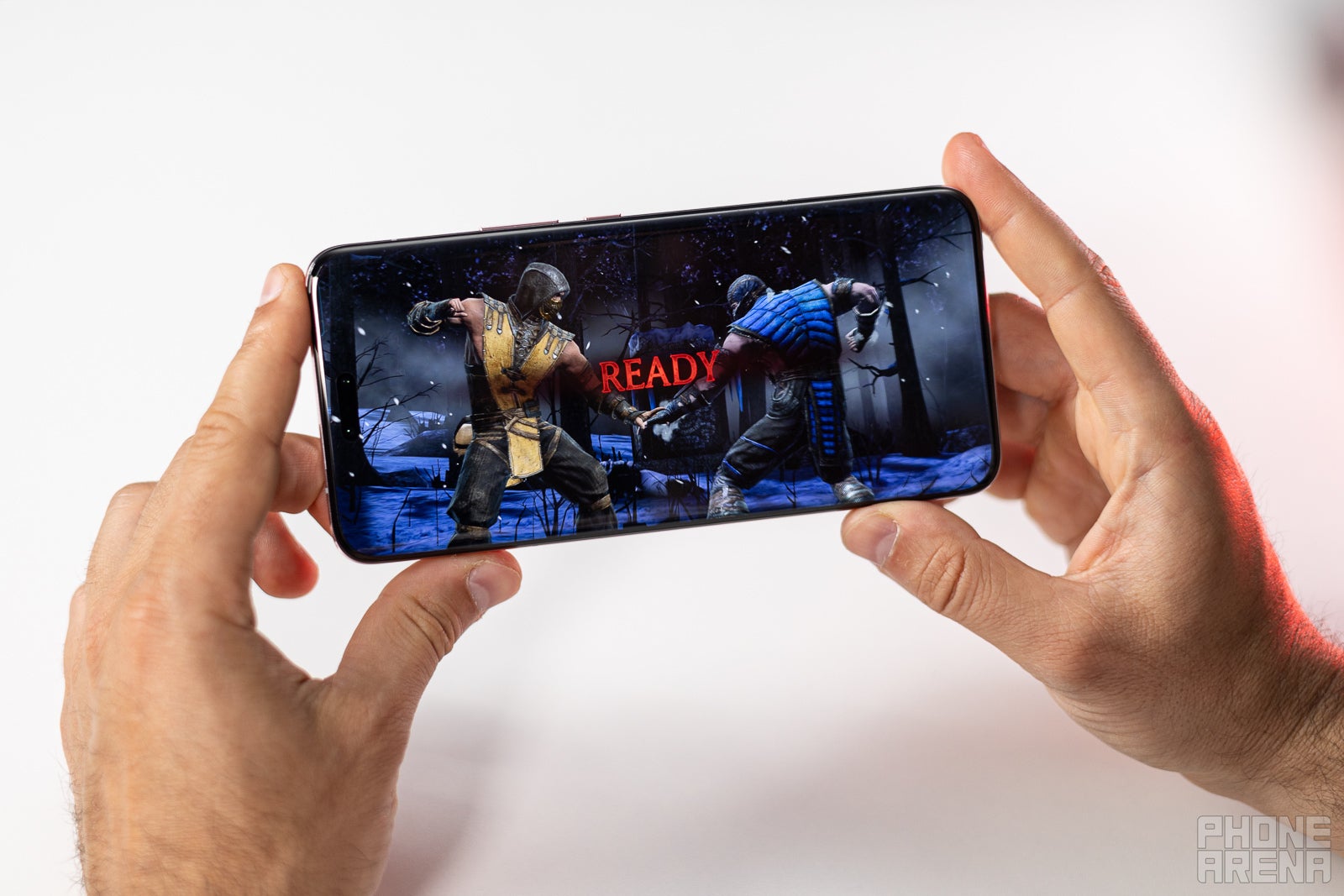
Not much to see here. Phones have evolved so much in terms of hardware and raw power that even a midranger will get the job done. That being said, the Magic 6 RSR comes with top-notch, flagship grade hardware, the aforementioned Snapdragon 8 Gen 3, and a hefty amount of RAM and storage—24GB and 1TB, respectively.
Performance Benchmarks:
The synthetic benchmarks paint an expected picture. The Magic 6 RSR is on par with other Snapdragon 8 Gen 3 equipped phones, even beating some of them here and there (one of the highest 3DMarks scores as well).
In real-life scenarios, the phone feels very snappy and fluid. There's no lag whatsoever, and everything feels extremely fast. There's no microSD card, but with 1TB of built-in storage and 24GB of RAM, this model is future-proof.
In real-life scenarios, the phone feels very snappy and fluid. There's no lag whatsoever, and everything feels extremely fast. There's no microSD card, but with 1TB of built-in storage and 24GB of RAM, this model is future-proof.
Honor Magic 6 RSR Software
The Magic 6 RSR comes with Android 14 out of the box, and it has MagicOS on top of it. Honor's proprietary UI comes with the same bells and whistles as the regular Magic 6 Pro, AI-infused features such as Magic Portal, Magic Capsule (Dynamic Island, anyone?), and AI Privacy Calls.
However, really cool features such as navigation using eye-tracking remain China-only, at least for the time being. There are also Porsche-inspired themes and icons, so the RSR software looks different compared to a normal Magic 6 Pro or Ultimate.
I won't go into too much detail about the software. It's the same as what we have in Magic 6 Pro; you can check out the full review for a quick software feature overview. Long story short, it's functional and helpful, but still not on the same level as Gemini or Galaxy AI.
When it comes to software support, the Magic 6 RSR offers four major OS updates and five years of security patches. Not the seven years Google and Samsung are offering, but still not bad.
However, really cool features such as navigation using eye-tracking remain China-only, at least for the time being. There are also Porsche-inspired themes and icons, so the RSR software looks different compared to a normal Magic 6 Pro or Ultimate.
I won't go into too much detail about the software. It's the same as what we have in Magic 6 Pro; you can check out the full review for a quick software feature overview. Long story short, it's functional and helpful, but still not on the same level as Gemini or Galaxy AI.
Honor Magic 6 RSR Battery
Lithium-silicon for everybody!
The Honor Magic 6 RSR uses the same lithium-silicon battery as the regular model, which is not a bad thing. Not at all. This 5,600 mAh cell performed amazingly well in the regular Magic 6 Pro, and the same applies here. The browsing test returned a better result, probably due to the new Tandem screen and better optimization in Auto refresh rate mode. But overall, the results are pretty impressive.
In the real world, outside of all tests and benchmarks, you will be able to get two full days of this phone, for sure. Especially after the initial honeymoon period passes and you revert back to your normal way of using your phone. But even at full throttle, the RSR can go longer than one full day without breaking a sweat.
In the real world, outside of all tests and benchmarks, you will be able to get two full days of this phone, for sure. Especially after the initial honeymoon period passes and you revert back to your normal way of using your phone. But even at full throttle, the RSR can go longer than one full day without breaking a sweat.
Let's talk charging. The phone can take up to 80W of power through a wire, and with the provided 100W brick, it charges from zero to full in 43 minutes. The Magic 6 RSR supports up to 66W of wireless charging power (we weren't able to test this due to a lack of proper charging hardware, but we're working on it).
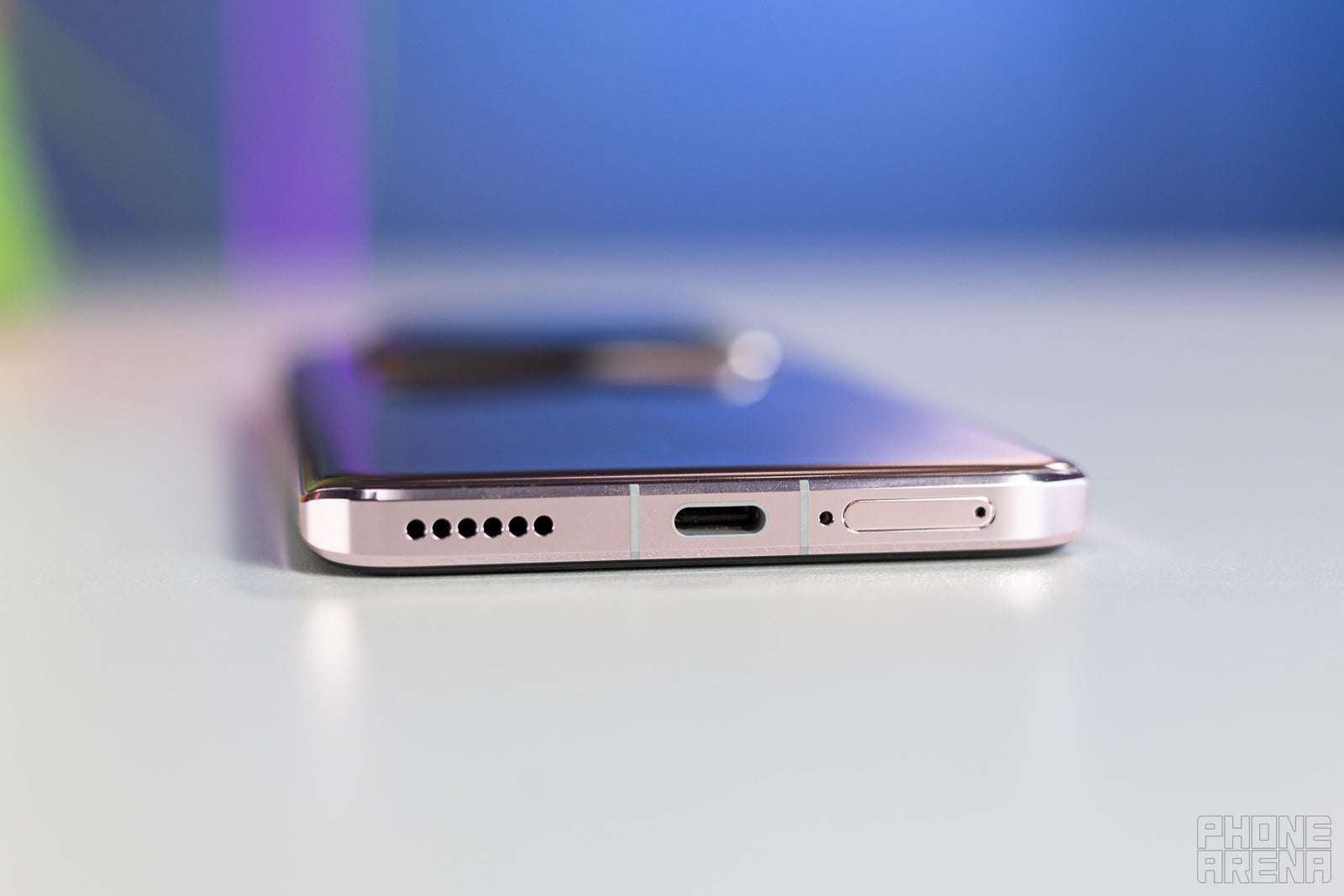
Honor Magic 6 RSR Audio Quality and Haptics
We were genuinely impressed with the audio quality and loudness of the Magic 6 Pro, and the same goes for the Porsche Design model. It's very loud and yet clear without distortion or artifacts, even at max volume. The frequency response is very wide, with less compression than other models from the competition.
There's no 3.5mm audio jack, which is to be expected nowadays. The haptics are good, tight, and snappy, but not particularly strong.
There's no 3.5mm audio jack, which is to be expected nowadays. The haptics are good, tight, and snappy, but not particularly strong.
Should you buy it?
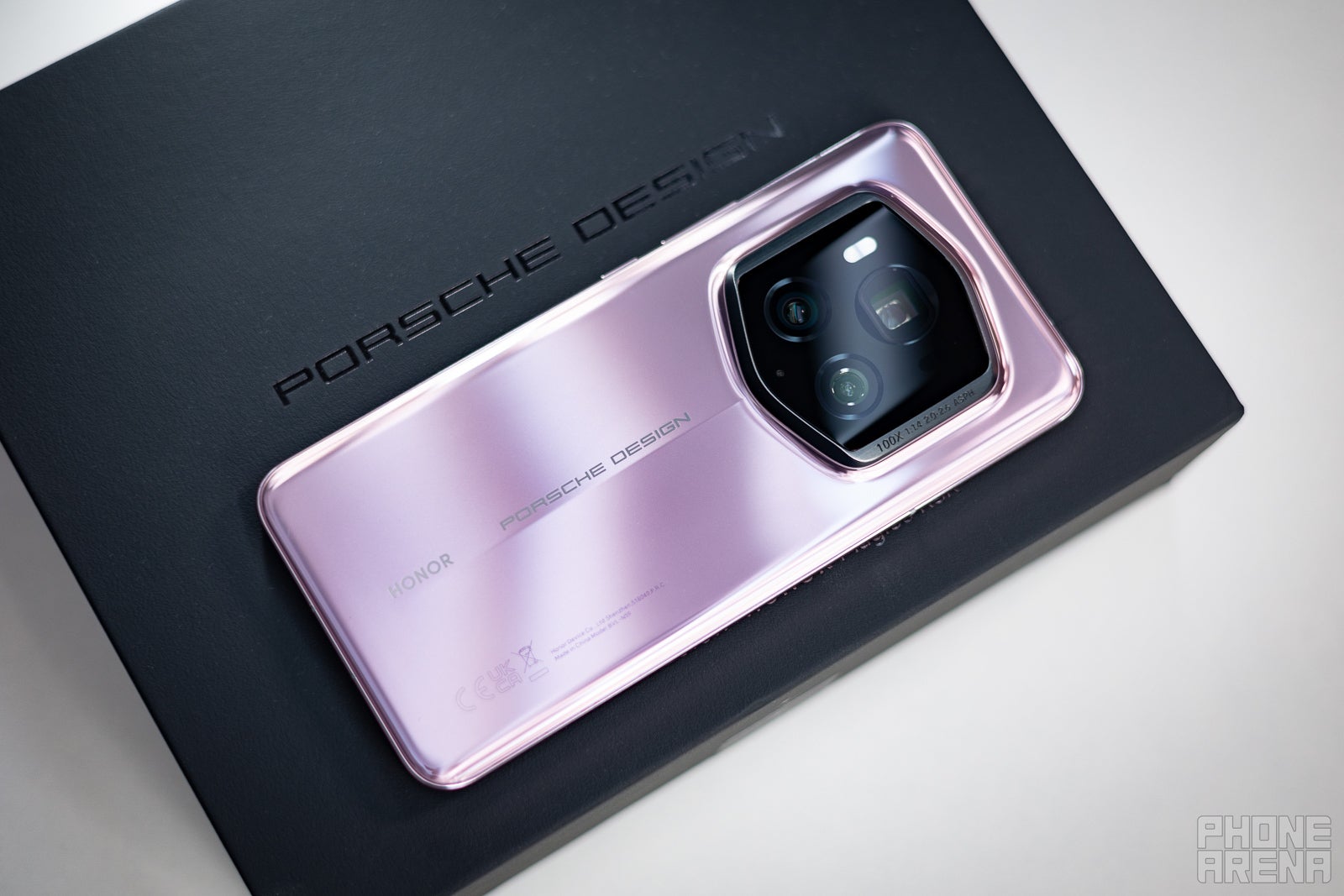
Should you buy the Honor Magic 6 RSR? Of course! The only downside to this phone is its price (1,900 euros is a pretty hefty price tag), but given the name and the brand association, this is still the cheapest way to own a Porsche. Jokes aside, there's a lot going on for this phone.
The Honor Magic 6 RSR has the brightest screen we've ever tested. The NanoCrystal coating really does its job. On the hardware side, the phone doesn't disappoint, and with 24GB of RAM, you'll be absolutely future-proof.
The camera system is at least as good as the one in the regular Magic 6 Pro, which is up there with the big boys, and finally, the battery life and fast charging are amazing. So, if you need a special flagship phone with some added flair and you're willing to pay extra, the Magic 6 RSR is a great choice.
The Honor Magic 6 RSR has the brightest screen we've ever tested. The NanoCrystal coating really does its job. On the hardware side, the phone doesn't disappoint, and with 24GB of RAM, you'll be absolutely future-proof.


















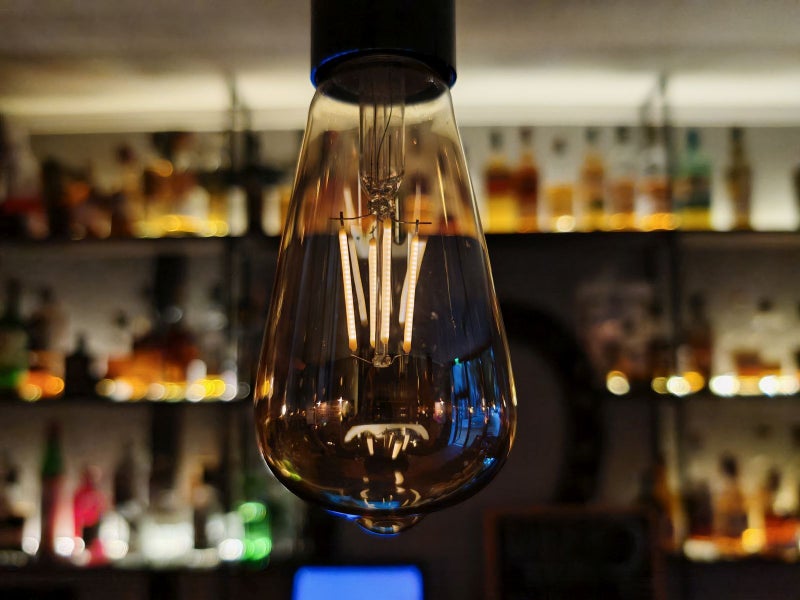
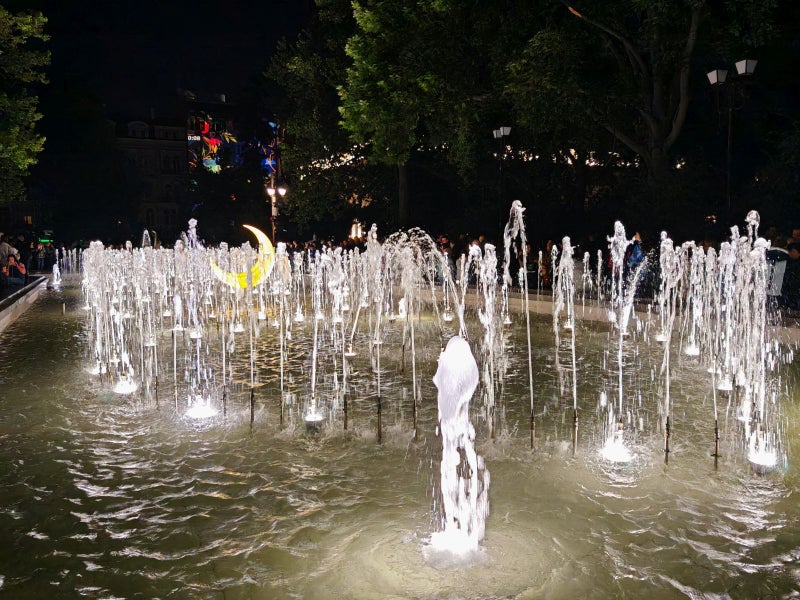
















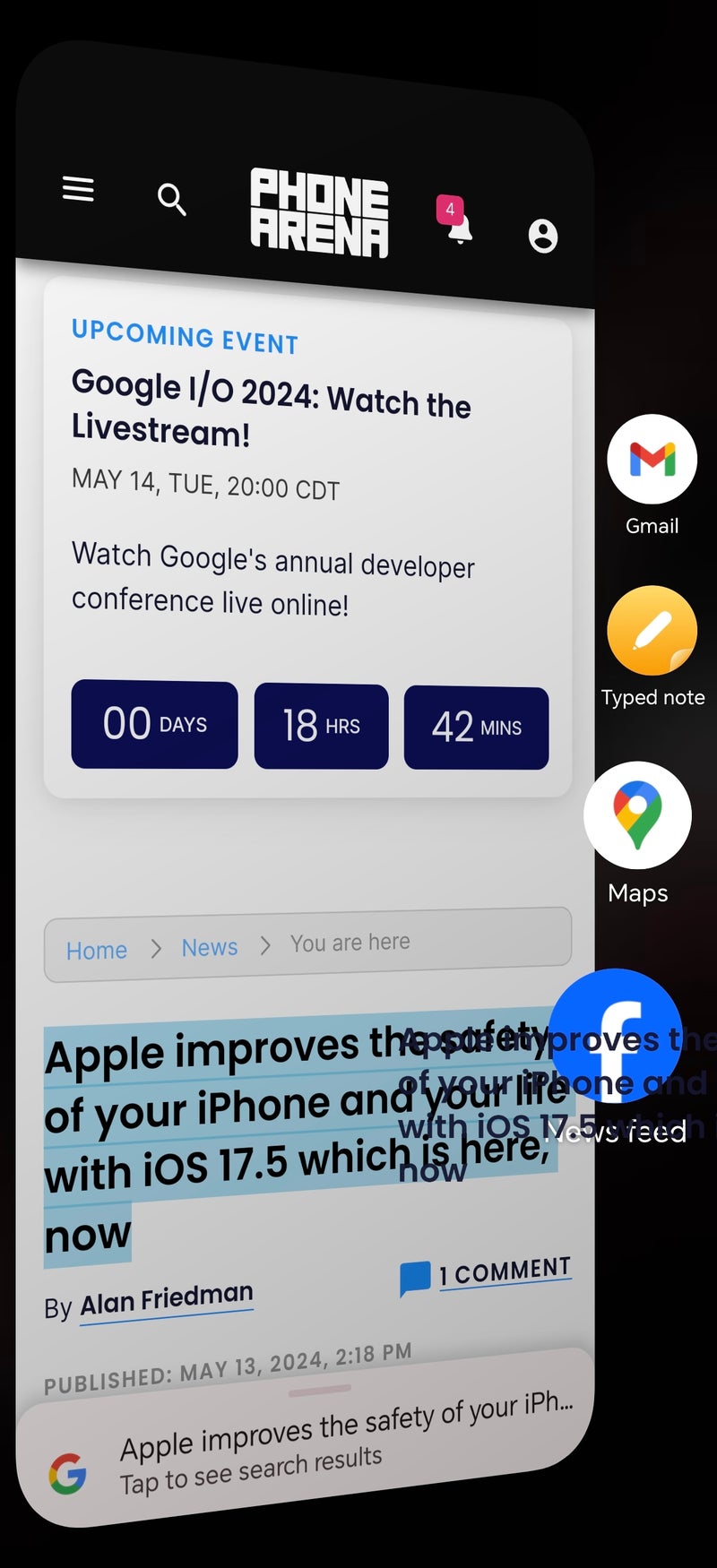
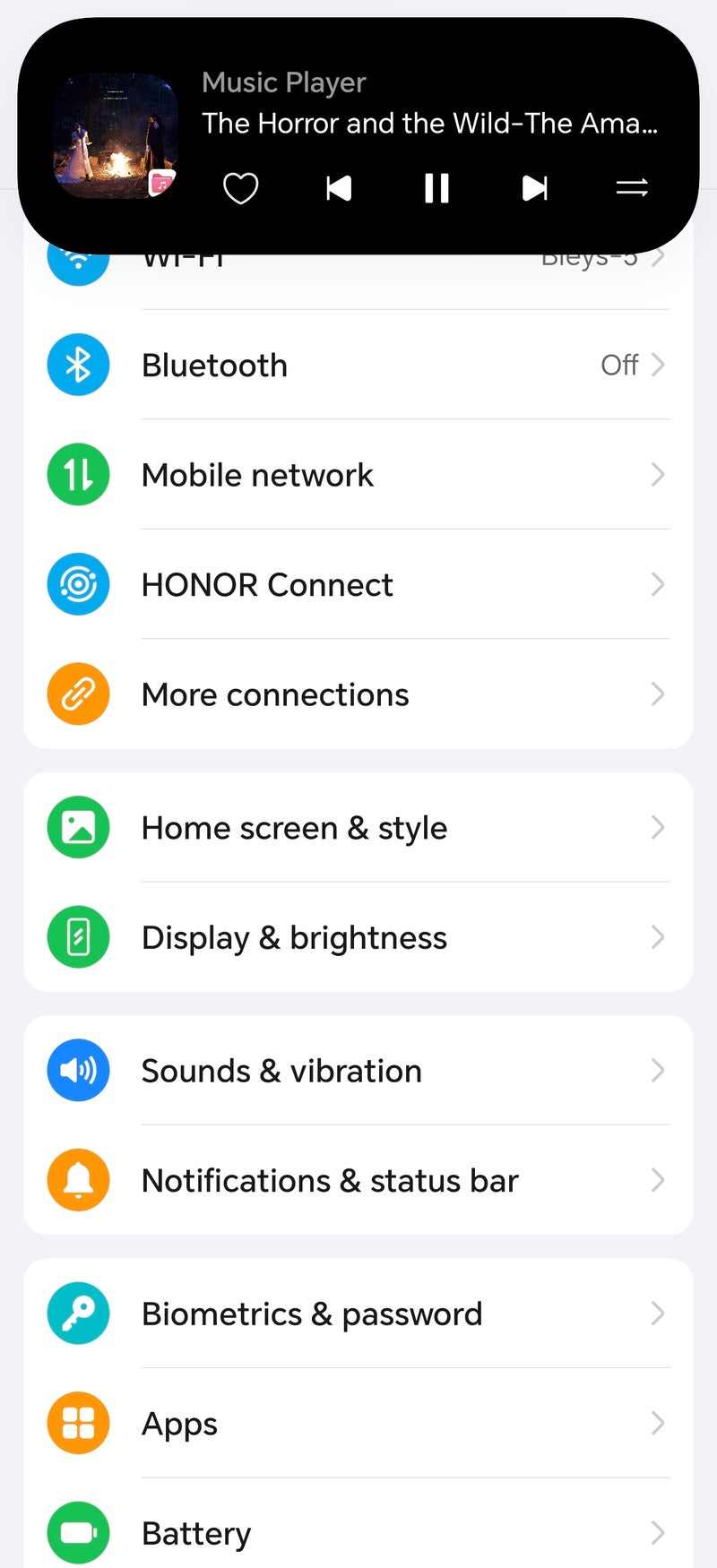
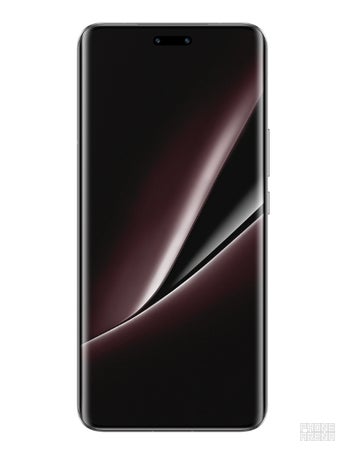

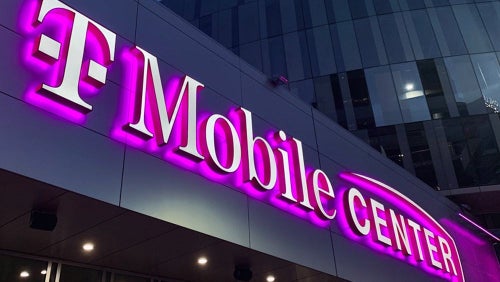
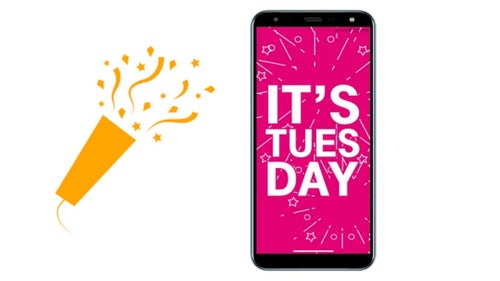
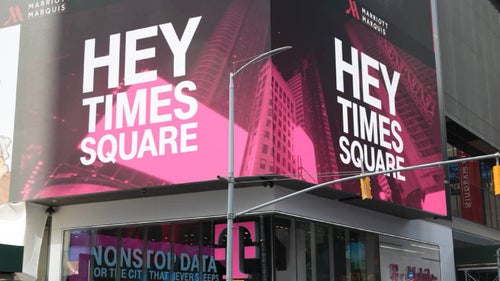

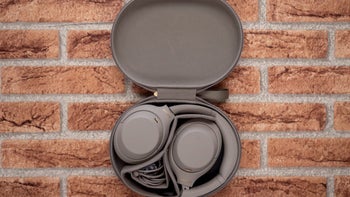
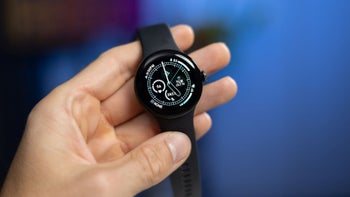
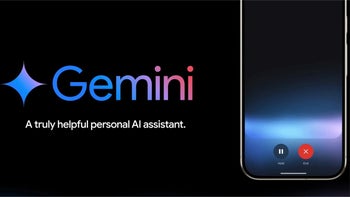
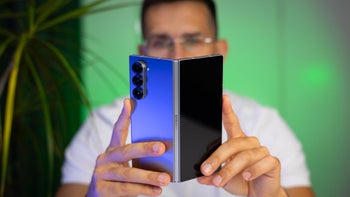
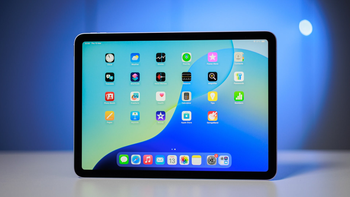
Things that are NOT allowed: